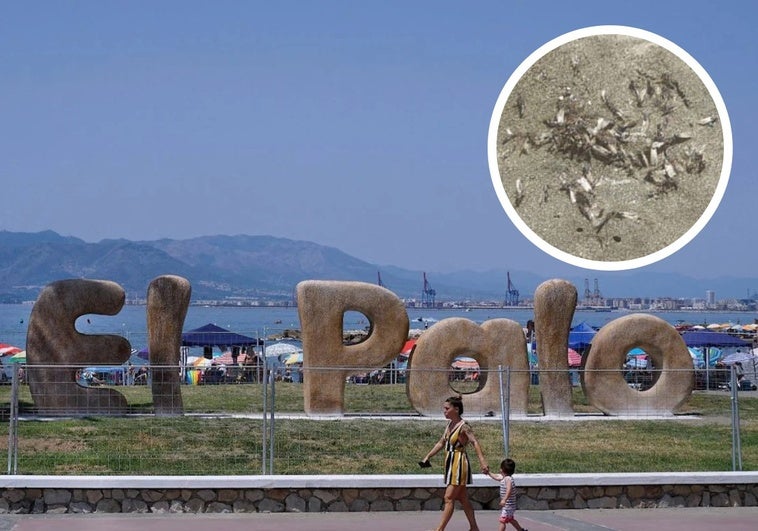
This is the moment a swarm of large, winged ants took bathers by surprise and invaded a Costa del Sol beach
Thousands of the flying insects, which are in their mating season, descended on the Malaga shoreline on Sundayy
Bathers who went to take a dip in the sea at El Palo beach in Malaga city on Sunday were met with an unpleasant surprise after hundreds of large winged ants had invaded the shore.
The insects, known in Spanish as 'alúas', fluttered among the sand and made it difficult to lay down a rug on the sand and relax.
What was the reason for their presence on the beach?
Their massive presence coincides with the mating period of these insects. Due to reproductive factors, they develop wings to be able to leave the nest and find new colonies. Most of these ants die in the attempt, especially the males, but those that succeed create a new nest. They then shed their wings and a new colony is formed with its respective queen ant.
UMA lecturer Enrique Salvo, who specialises in environmental sciences, told SUR what lies behind the behaviour of these insects. "They are in fact alúas. Winged, ephemeral male ants. They usually come out before or after the rain to court the queen. That's if they're lucky. I'm surprised they came to the sand in big numbers. It is assumed that the wetter the soil, the wetter the workers are, the easier it is for them to dig the nest. The curious thing is that this hatching is more typical of early autumn, or at most spring, but in the middle of summer this is rare," he said.
But they don't just invade beaches. They are very likely to be seen on terraces and near points of light, which helps to attract them. When the winged ants are mature, they go outside to try to join together and form a new colony.
